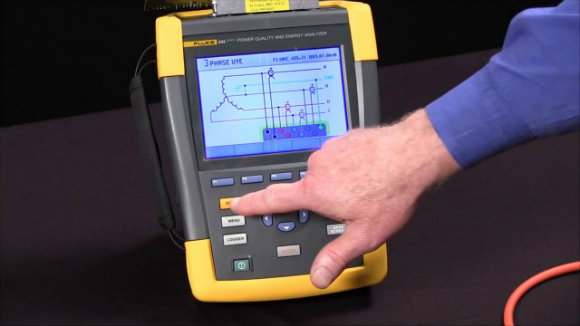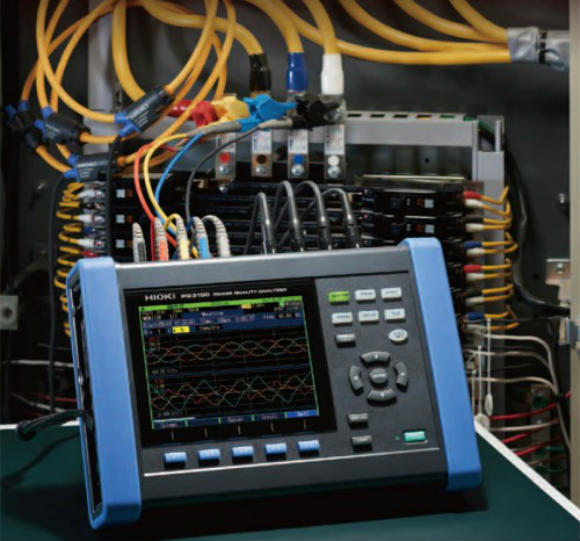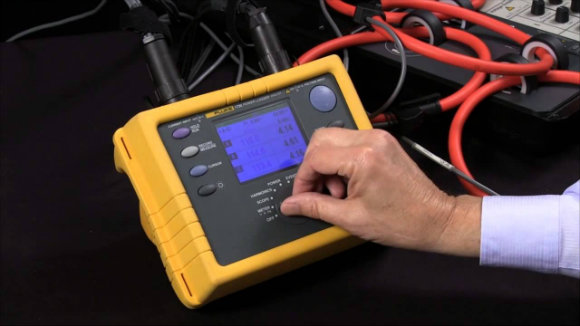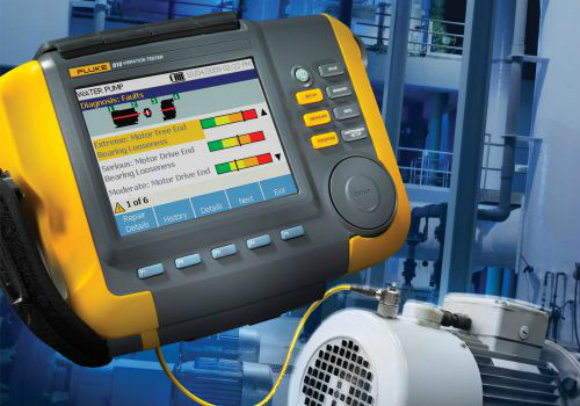Power quality and the issues that come with it aren’t just the result of single-phase non-linear loads since there are devices and machines more complicated than your home printer or fax machine. With that being the case, a three-phase power quality meter is the device to have when you need to monitor three-phase power. Moving on from a single to a three-phase meter and using the latter may sound like a challenge but not if you take on the beginning stages with patience and the right information in hand.

Upgrading
• The first place to start with general power quality troubleshooting is PCC (Point of Common Coupling) which is the place where the electric utility and customer interface are. A three phase power quality analyzer should be positioned at a safe place downstream of the main disconnect and before installing it, you’ll need to select the instrument’s distribution system configuration found on the setup screen – the 3 Phase WYE is the most common one. When connecting the leads, make sure to go by the coloured lead markers on the screen and match them that way, also make sure to connect the ground lead first and then the voltage and current leads.
• Measuring and analysing the data is done through the menu which offers you a selection of parameters you need to analyze and you should start first with the Volts/Amps/Hertz screen so you can get the overall state of the system. A very important value here is CF (Crest Factor) which indicates the ratio of peak voltage to RMS voltage. If the amount of CF goes over 1.4, this usually means that there is another type of distortion and if it goes below 1.4, it will show how much the sine wave peaks have flattened.

Common Issues
• Dips or, as some people like to call them, sags are responsible for 80% of all power quality issues and they occur when the system voltage goes down to 90% or less for half a cycle to one minute. The common symptoms with dips include computer lockup, data loss on programmable controls, relay control problems, improper shutdown of sensitive electronic equipment and the dimming of incandescent lights if the dip lasts for more than three cycles. Monitoring with a three phase power quality analyzer will lead you to the load where the first symptoms occurred which you will then compare the time when the equipment failed and when the dip occurred if there’s no correlation then continue to monitor upstream until you locate the source of the issue.

• Swells are a fairly common power disturbance too and their symptoms are usually an immediate failure of equipment but voltage swells can occur over a long period of time and then prematurely breakdown components. When analyzing results look for sudden line-to-ground faults that have occurred ona single-phase line, this makes the voltage swell on the non-faulted phases.
• Harmonics consist of multiple properties regarding a fundamental frequency that can distort the voltage waveform which in fact is supposed to be a pure sine wave. Harmonics are generated as a consequence of no-linear loads which are the result of devices that conduct current less than the entire voltage sine wave.
• Voltage unbalance is the measurement of voltage differences between a system’s three phases which can cause a negative torque and higher running temperatures at the motor stator terminal through current unbalance. For the most accurate and real-time unbalance measurements you’ll need a three phase power quality analyzer otherwise just go with a high-quality digital multimeter or clamp meter.

• Voltage interruptions are also a worrying issue since they can occur at multiple points across the whole system. The symptoms here are really simple – the equipment stops working. Capturing unbalance is going to involve monitoring the system’s voltage variation over time and if it is more than 2% between phases, then serious damage can occur.
• The wavering output of light we’ve all seen is the result of voltage variations which can be measured both as long term and as short term value. When troubleshooting, just select the flicker option form the menu on the screen and you’ll be able to easily discover the cause of it, which can be a welder, arc furnace or even a cyclo converter generator.
• Transients are basically voltage changes that are very short in duration which can occur in the fraction of a sine wave. Because of their nature, these bad boys can be caught using only a highly sophisticated instrument and that is the three phase power quality analyzer. Transients can cause equipment failure and can come in a form of lighting or the operation of large loads and capacitor banks.


